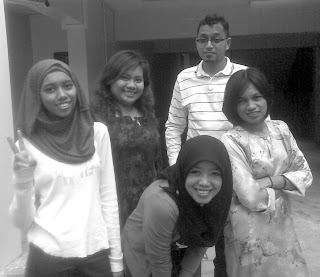Part 1- The Young Princess
Queen Victoria, Queen of Great Britain from 1837 to 1901, gave her name to an age. We sure that readers out there are curious about her childhood. So, scroll down and read. Indulge !
Queen Victoria, Queen of Great Britain from 1837 to 1901, gave her name to an age. We sure that readers out there are curious about her childhood. So, scroll down and read. Indulge !
Alexandrina Victoria was the daughter of Edward, the Duke of Kent and Princess Victoria of Saxe-Coburg.She was born in Kensington Palace in London on May 24th, 1819.
She wrote,
“. . . by the death of her revered father when she was but eight months old, her [Victoria’s] sole care and charge devolved to me. Stranger as I then was, I became deeply impressed with the absolute necessity of bringing her up entirely in this country, that every feeling should be that of Her native land, and proving thereby my devotion to duty by rejecting all those feelings of home and kindred that divided my heart. . . . When the Princess approached her fifth year I considered it the proper time to begin in a moderate way her education — an education that was to fit Her to be either the Sovereign of these realms, or to fill a junior station in the Royal Family, until the Will of Providence should show at a later period what Her destiny was to be.”
Miss Martineau gives us, in her sketch of the Duchess of Kent, a story which illustrates the carefulness of the training better than it does the abstract statement which precedes it
“The princess was reared in as much honesty and care about money matters as any citizen’s child.” Very few citizens’ children, we believe, ever were or could be so rigidly guarded from the extra shilling of expenditure. “It became known at Tunbridge Wells that the Princess had been unable to buy a box at the bazaar because she had spent her money. At this bazaar she had bought presents for almost all her relations, and had laid out her last shilling, when she remembered one cousin more, and saw a box priced half a crown which would suit him. The shop people of course placed the box with the other purchases, but the little lady’s governess admonished them by saying, ‘No; you see the Princess has not got the money; therefore, of course, she can not buy the box.’ This being perceived, the next offer was to lay by the box till it could be purchased; and the answer was, ‘Oh, well, if you will be so good as to do that.’ On quarter-day, before seven in the morning, the Princess appeared on her donkey to claim her purchase.”
This little princess, is educated with much care, and watched so closely that no busy maid has a moment to whisper, ‘You are heir of England!’ .The little Princess neither at that time nor for years after knew anything of her preeminence. No one had been allowed, as is mentioned above, to breathe a word of this in the child’s ear. But events now began to happen which changed her position to a certain extent. King George IV died, which brought the Princess a step nearer to the throne, and there was no longer any reasonable prospect that King William could have children to succeed him. Thus the child of Kensington Palace became beyond all doubt the next in succession. Because the young Victoria was only twelve, a bill was brought into Parliament to make the Duchess of Kent Regent in case her daughter should be called upon to ascend the throne before she came of age. When these public precautions were taken, it was thought necessary to inform the little girl herself of her true position that she was not merely one of a band of Princes and Princesses, but the first among them, the future head of the race. She was in the midst of her daily lessons somewhat surprised, it would seem, at the grave work required from her, which was not expected from the other Princesses — when this great intimation was made to her. The story is told in a letter from her governess, the Baroness Selwyn, to the Queen, written in 1854, and apparently recalling to her the incidents of her youth: |
When Mr. Davys [the Queens instructor, after the Bishop of Peterborough] was gone, the Princess Victoria opened the book again as usual, and seeing the additional paper, said, ‘I never saw that before.’ ‘It was not thought necessary you should, Princess,’ I answered. ‘I see I am nearer the throne than I thought.’ ‘So it is, madam,’ I said. After some moments the Princess resumed: ‘Now many a child would boast, but they don’t know the difficulty. There is much splendor, but there is much responsibility.’ The Princess, having lifted up the forefinger of her right hand while she spoke, gave me that little hand, saying, "I will be good. I understand now why you urged me so much to learn even Latin. My cousins Augusta and Mary never did, but you told me Latin is the foundation of English grammar, and of all the elegant expressions, and I learned it as you wished it, but I understand all better now; and the little Princess gave me her hand, repeating, ‘I will be good.’” |


























